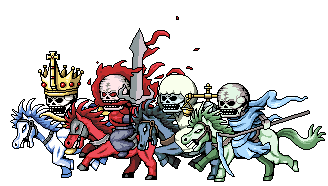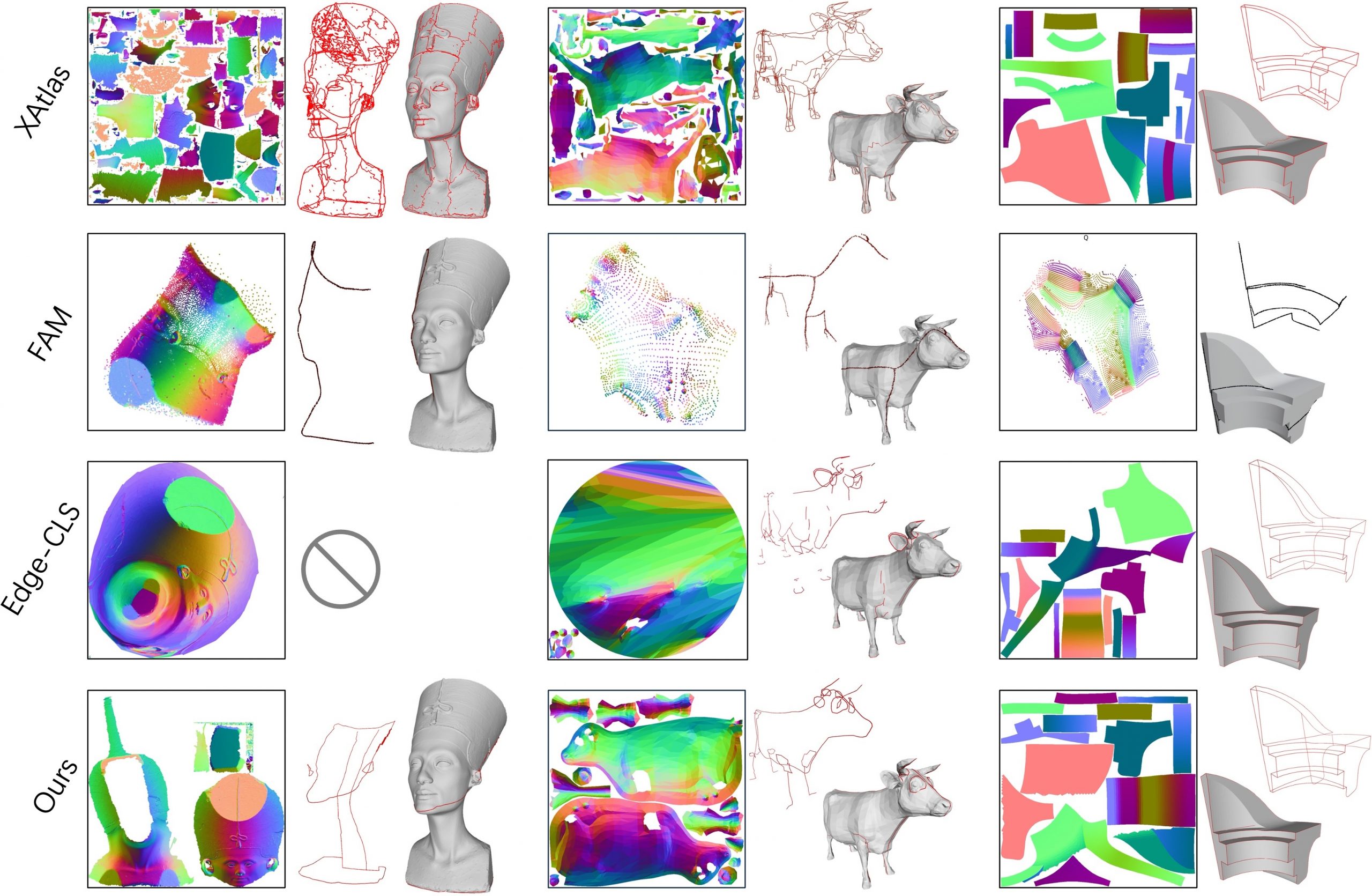RANDOM POSTs
-
360 degree panorama of Mars from Nasa Perseverance Rover
Read more: 360 degree panorama of Mars from Nasa Perseverance Roverhttps://www.indiatimes.com/technology/news/360-degree-panorama-of-mars-nasa-perseverance-rover-535052.html
-
Chaos Group V-Ray Wins Academy Award
Read more: Chaos Group V-Ray Wins Academy Awardhttp://www.awn.com/news/chaos-group-s-v-ray-wins-academy-award
Photorealistic production renderer used on more than 150 feature films since 2002, including recent hits like ‘Doctor Strange,’ ‘Deadpool,’ and ‘Captain America: Civil War,’ to be honored for advancing the use of fully ray-traced rendering in motion pictures.
-
Foundry Nuke W_hotbox – A fully customisable ‘favourites menu’
Read more: Foundry Nuke W_hotbox – A fully customisable ‘favourites menu’https://www.nukepedia.com/python/ui/w_hotbox
W_hotbox is basically a fully customisable ‘favourites menu’ that pops up for as long as you press the shortcut and disappears as soon as you release. The buttons that make up the menu represent python scripts and change depending on you selection. The ‘Hotbox Manager’ offers you an user friendly interface which allows you to add new buttons on the fly. Those buttons are directly accessible via buttons that appear in the menu under your cursor.
-
Embedding frame ranges into Quicktime movies with FFmpeg
Read more: Embedding frame ranges into Quicktime movies with FFmpegQuickTime (.mov) files are fundamentally time-based, not frame-based, and so don’t have a built-in, uniform “first frame/last frame” field you can set as numeric frame IDs. Instead, tools like Shotgun Create rely on the timecode track and the movie’s duration to infer frame numbers. If you want Shotgun to pick up a non-default frame range (e.g. start at 1001, end at 1064), you must bake in an SMPTE timecode that corresponds to your desired start frame, and ensure the movie’s duration matches your clip length.
How Shotgun Reads Frame Ranges
- Default start frame is 1. If no timecode metadata is present, Shotgun assumes the movie begins at frame 1.
- Timecode ⇒ frame number. Shotgun Create “honors the timecodes of media sources,” mapping the embedded TC to frame IDs. For example, a 24 fps QuickTime tagged with a start timecode of 00:00:41:17 will be interpreted as beginning on frame 1001 (1001 ÷ 24 fps ≈ 41.71 s).
Embedding a Start Timecode
QuickTime uses a
tmcd(timecode) track. You can bake in an SMPTE track via FFmpeg’s-timecodeflag or via Compressor/encoder settings:- Compute your start TC.
- Desired start frame = 1001
- Frame 1001 at 24 fps ⇒ 1001 ÷ 24 ≈ 41.708 s ⇒ TC 00:00:41:17
- FFmpeg example:
ffmpeg -i input.mov \ -c copy \ -timecode 00:00:41:17 \ output.movThis adds a timecode track beginning at 00:00:41:17, which Shotgun maps to frame 1001.
Ensuring the Correct End Frame
Shotgun infers the last frame from the movie’s duration. To end on frame 1064:
- Frame count = 1064 – 1001 + 1 = 64 frames
- Duration = 64 ÷ 24 fps ≈ 2.667 s
FFmpeg trim example:
ffmpeg -i input.mov \ -c copy \ -timecode 00:00:41:17 \ -t 00:00:02.667 \ output_trimmed.movThis results in a 64-frame clip (1001→1064) at 24 fps.

-
A.J. Ghergich – MJ and Stable Diffusion 1.5 to imagine polaroids of superheroes in dive bars circa 1982
Read more: A.J. Ghergich – MJ and Stable Diffusion 1.5 to imagine polaroids of superheroes in dive bars circa 1982Prompt: Captain Marvel at dive-bar in 1982, polaroid, flash photo, ultra-detailed –q 2 –no hands –v 4
-
Unity3D training resources
Read more: Unity3D training resourceshttp://forum.unity3d.com/threads/69938-Unity-3-Video-Training-Course-%28FREE%29-Walker-Boys
http://walkerboystudio.com/html/unity_course_start_here__free_.html
http://www.vtc.com/products/Introduction-to-Game-Development-Using-Unity-3D-Tutorials.htm
http://gamedev.tutsplus.com/articles/how-to-learn/how-to-learn-unity/
-
Ben McEwan – Deconstructing Despill Algorithms
Read more: Ben McEwan – Deconstructing Despill AlgorithmsDespilling is arguably the most important step to get right when pulling a key. A great despill can often hide imperfections in your alpha channel & prevents tedious painting to manually fix edges.
benmcewan.com/blog/2018/05/20/understanding-despill-algorithms/
COLLECTIONS
| Featured AI
| Design And Composition
| Explore posts
POPULAR SEARCHES
unreal | pipeline | virtual production | free | learn | photoshop | 360 | macro | google | nvidia | resolution | open source | hdri | real-time | photography basics | nuke
FEATURED POSTS
Social Links
DISCLAIMER – Links and images on this website may be protected by the respective owners’ copyright. All data submitted by users through this site shall be treated as freely available to share.











